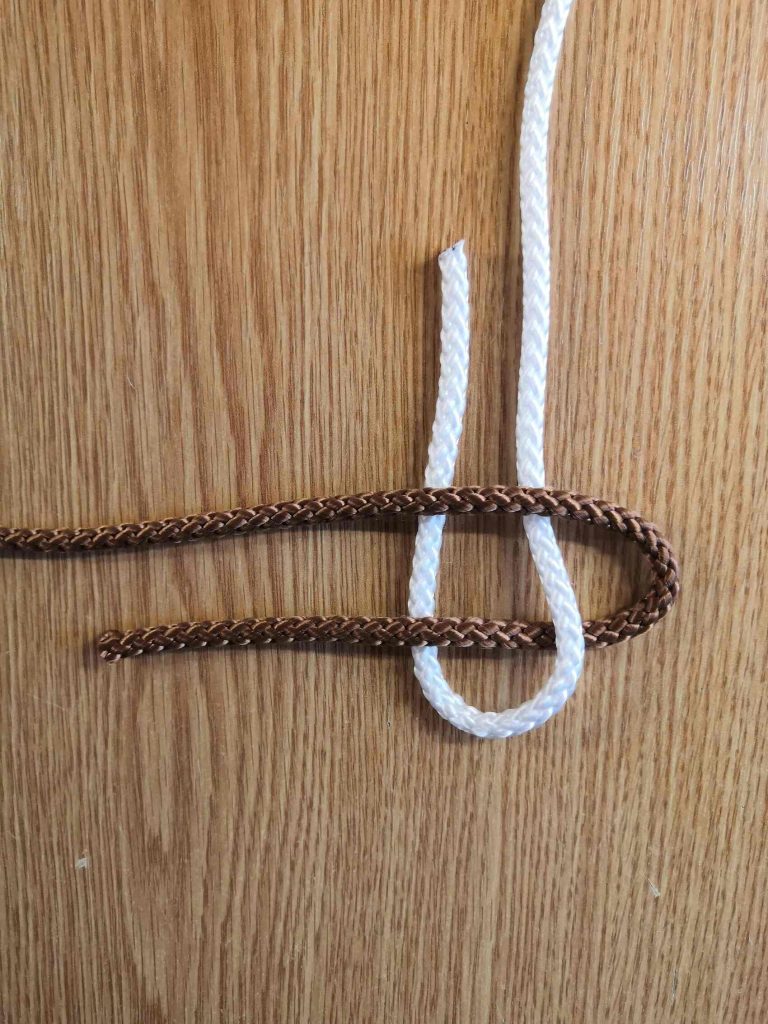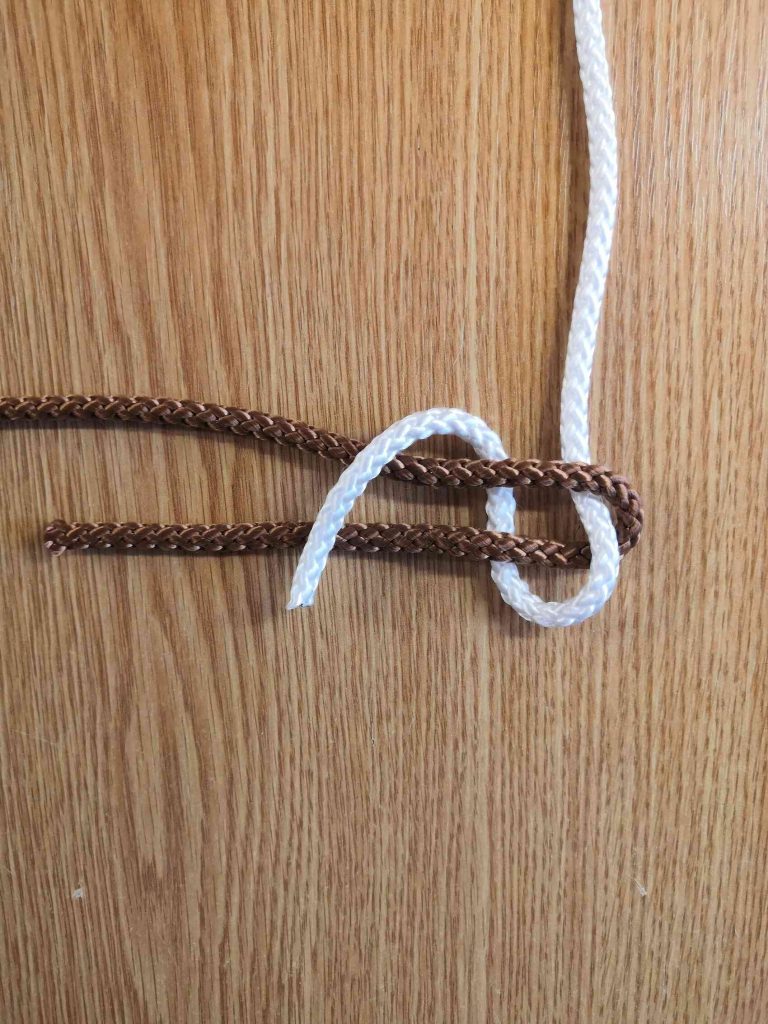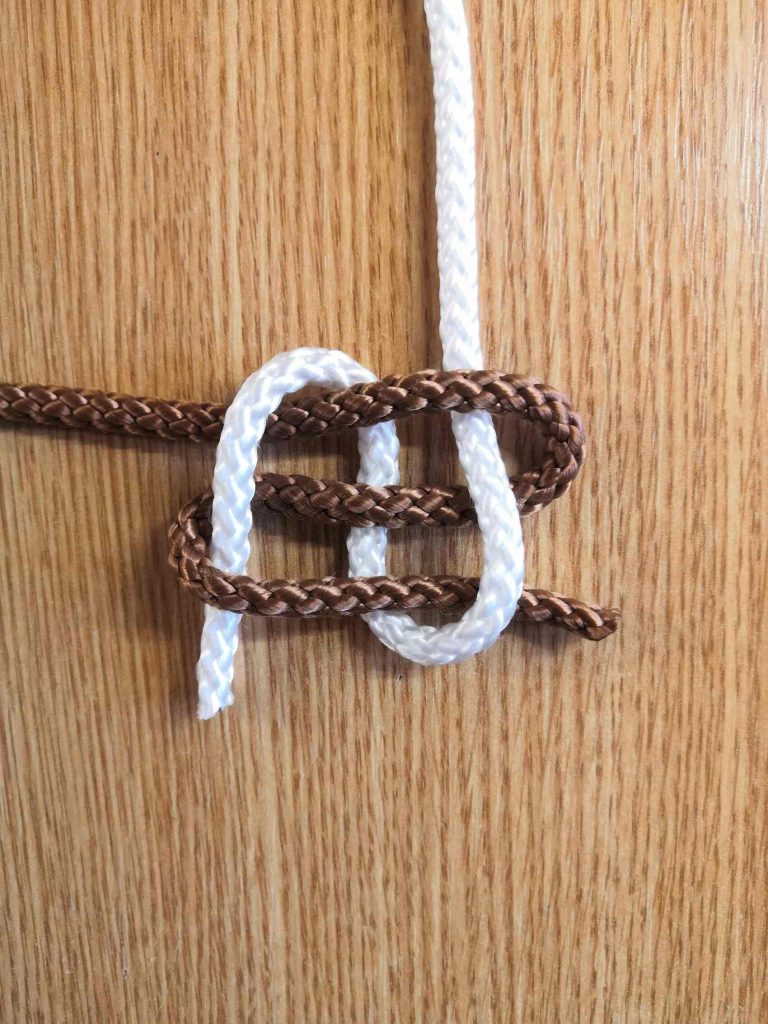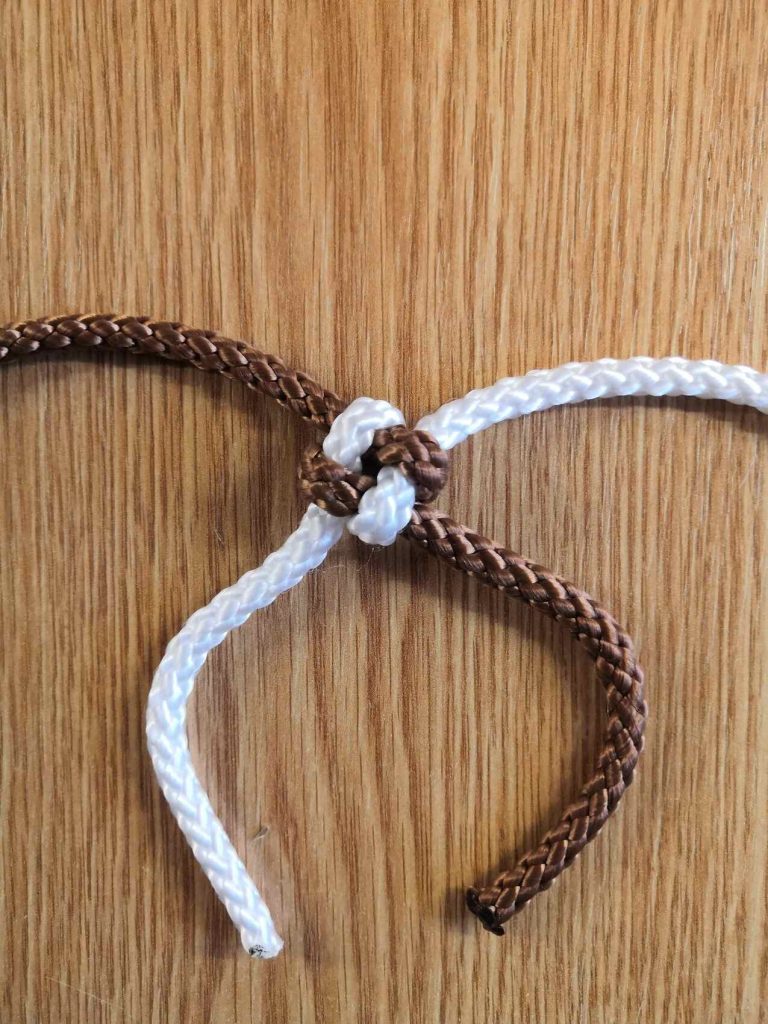Hi, today we will be talking about a Japanese square knot that is amongst my favorites because of its beauty. It is not difficult to tie and for sure is a useful knot that you should learn.





The Japanese Square Knot, also known as the “Shinnawa,” is a decorative method of joining two ropes to create a square shape. It is a traditional knot that has likely been used in Japan for centuries, and is known for its symmetry and elegance.
The knot is often used for decorative purposes, such as adorning the lanyard of a whistle or knife, or as a fancy way to fasten the waist belt of a robe. It can also be used for functional purposes, such as securing a load or attaching items together.
In Japanese culture, the Japanese Square Knot holds a certain level of significance. It is often used in traditional ceremonies and rituals, and may have symbolic meaning. It is also a popular choice for adorning clothing and accessories, such as obi sashes and kimonos, as a way to add a touch of elegance and sophistication.
In modern times, the Japanese Square Knot has gained popularity beyond Japan and is now used and admired around the world. It has been featured in various forms of media and has become a popular choice for crafters and DIY enthusiasts. Its versatility and beauty make it a sought-after knot for a wide variety of applications.
Overall, the Japanese Square Knot is a fascinating and visually striking way to join two ropes. Its long history and cultural significance make it a unique and meaningful knot, and its versatility and beauty make it a popular choice for a wide range of applications.
If you enjoyed reading this article please share it
SIMILAR CONTENT:
